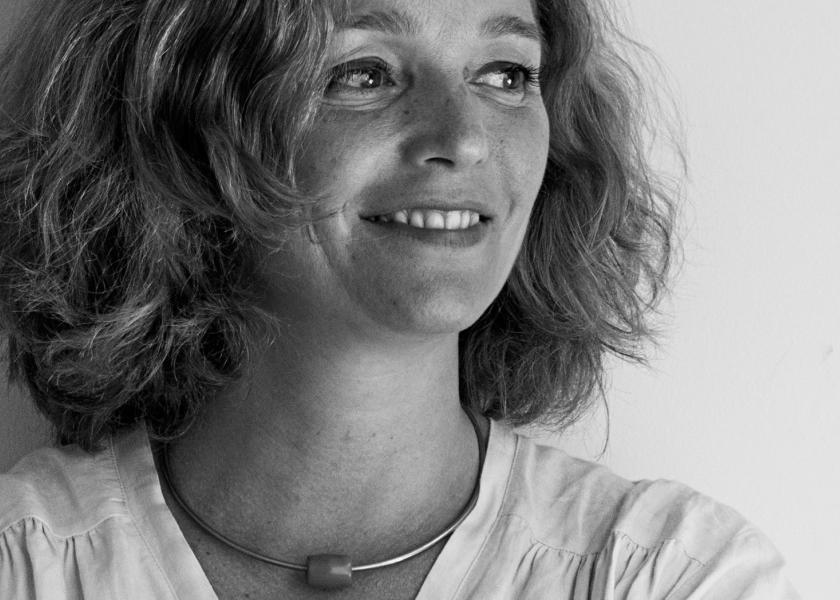Art by Women
Five Female Exhibitions
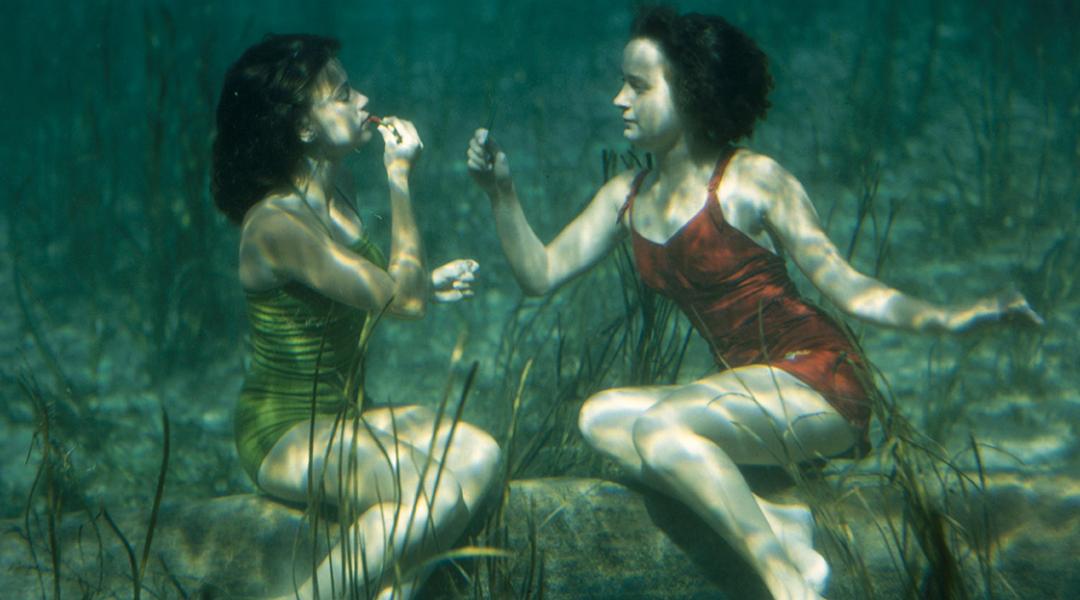
For too long, art has been almost the exclusive property of men. But, despite this, there have always been heroines that haven’t resigned themselves to this and have led the way for future generations. Thanks to these women, today, female art continues to gain visibility around the world, in all five continents and in multiple forms of expression. An unstoppable phenomenon reflected in these five exhibitions where women are the theme.
Chechu Álava’s Rebels at the Museo Thyssen-Bornemisza
Simone de Beauvoir, Colette, Frida Kahlo, Lee Miller or Niki de Saint Phalle have something in common. All these female thinkers, writers, painters and photographers broke the glass ceilings of their time, defended women’s rights and are, today, a symbol of modernity. They’re some of the sixteen protagonists of Rebels, the portrait gallery that Chechu Álava has been painting for a decade and that also includes the first figures of myths that challenged social norms, like Eve and Venus.
The name of the exhibition, which is exhibited at the Museo Thyssen-Bornemisza (Madrid) until March 29, says it all. The fact is that, except on the rarest of occasions, throughout art history women have been passive elements, and their only function has been to be portrayed as wives or muses, tailored to men. The exhibition invites the audience to reflect on portraits through a selection of personalities who defied this reality, broke the rules and lived against the tide in a world designed by and for men, where women tried to be treated equally within the discipline that each of them chose.
The formula that Chechu Álava uses to depict these examples is through lighting in her paintings, a brightness she achieves with the glaze technique. But as well as that brightness, the work of this painter from Asturias based in Paris features blurred details in solitary and intimate scenes, inviting the audience to talk to her protagonists as they reveal themselves. These Rebels are the third instalment in the Kora programme, where the Museo Thyssen-Bornemisza presents one exhibition each year from the perspective of gender.
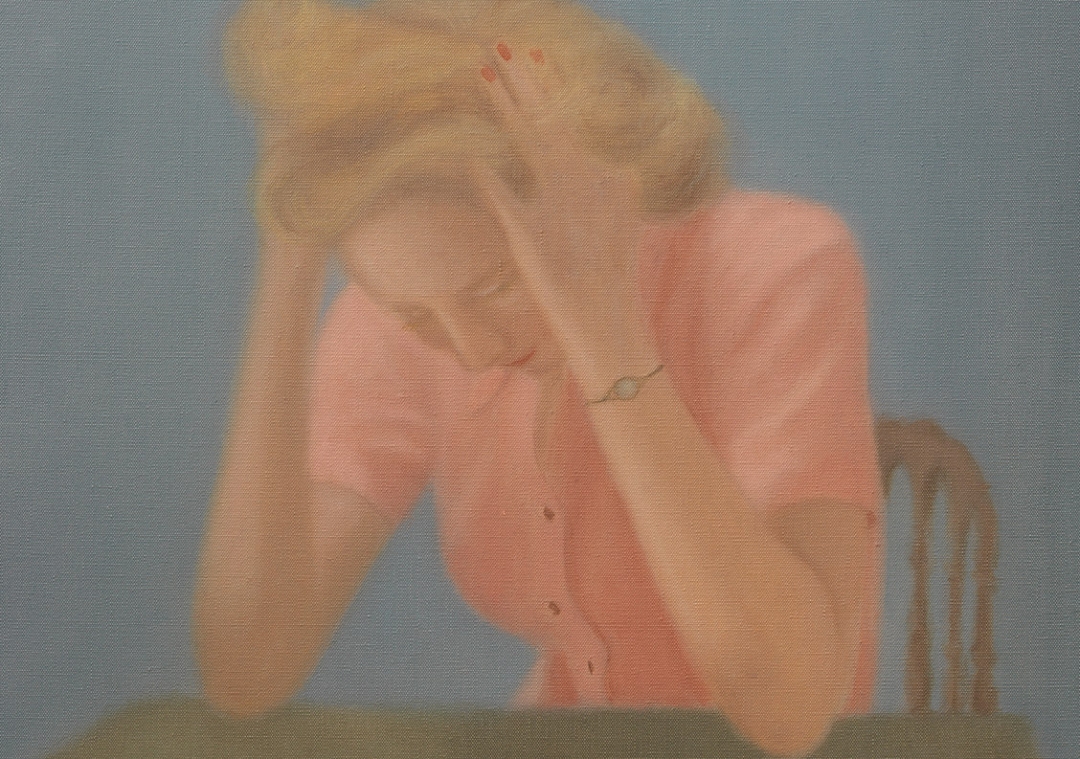
‘Lee Miller con dolor de cabeza’, by Chechu Álava. © Courtesy of the Museo Nacional Thyssen-Bornemisza
Uninvited Guests, at the Museo del Prado
Alejandrina Gessler, better known as Madame Anselma, lived for art. She studied drawing and painting, visited the most important museums in Europe; lived in Paris, where she attended classes given by Chaplin, Gérome, Baunat y Lefevre and had the chance to exhibit her work. But not only that. She also made two excellent copies of Velázquez’s paintings Las Hilanderas and Las Lanzas, and was appointed supernumerary academic at the Academia de Bellas Artes in Cadiz.
Madame Anselma’s career is an exception in art history, and more so in the 19th Century, which is why her version of Las Hilanderas is one of the more than one hundred works that have been selected to be part of the exhibition Uninvited Guests. Episodes on Women, Ideology and the Visual Arts in Spain (1833-1931), which can be seen from March 31 to September 6 at the Museo del Prado. The exhibition aims to reveal the role of women in Spanish art during those years, despite the negative impression society had of the female sex, especially in the art world.
The exhibition, made with original pieces from this art gallery in Madrid, uses paintings, sculpture and photography, and even a film from 1909, to explain how these disciplines, and even copies of well-known artwork, gave women the opportunity to make a living, as well as allowing some of them to break the clichés of the society they were forced to live in. Uninvited Guests also tries to point out the value of the female image that the State recognised thanks to awards, exhibitions and museums, as well as their role within society. This was the case of Marisa Roësset (Marisa Luisa Roësset y Velasco), author of Autorretrato de cuerpo entero, another of the great pieces that can be seen at the exhibition, and that granted her a third medal at the Exposición Nacional in 1924. All Uninvited Guests, with a fascinating story that El Prado invites the audience to discover.
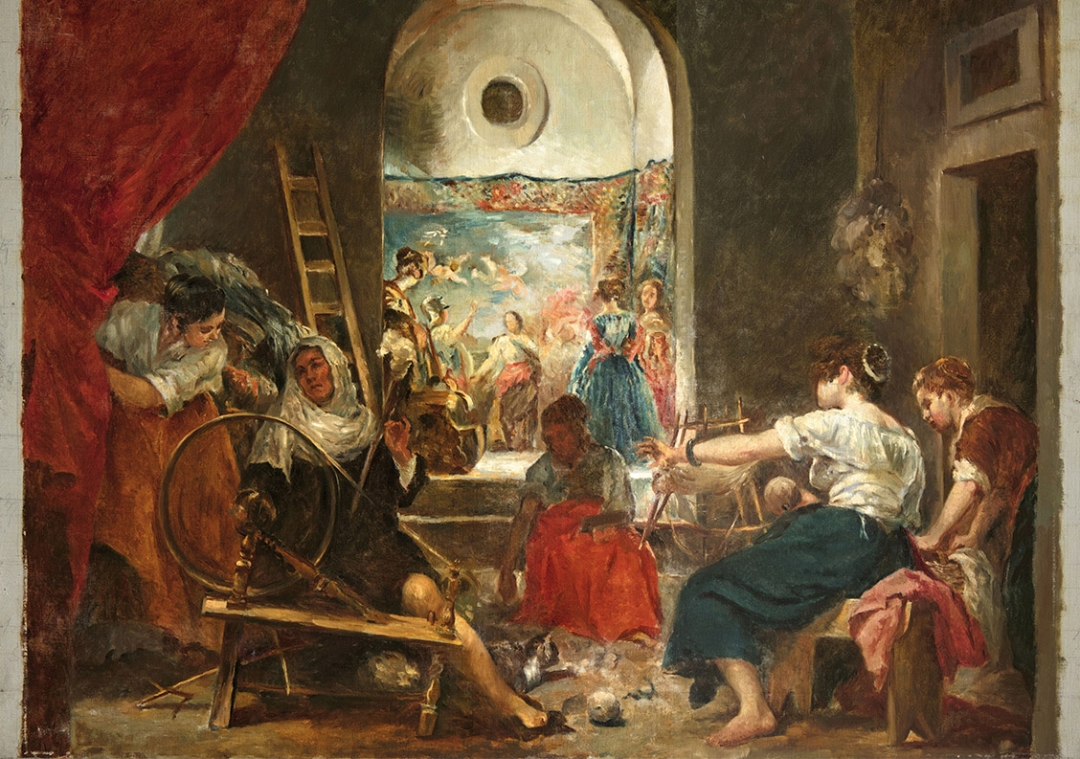
‘Las hilanderas’, by Alejandrina Gessler de la Cruz, Madame Anselma. © Courtesy of Museo del Prado
Female photographers, at Tabacalera Promoción del Arte
Nine photographers from different generations: Eva Lootz, Esther Ferrer, Isabel Muñoz, Ouka Lele, Carmen Calvo, Bego Antón, Vicky Méndiz, Carla Andrade and Lua Ribeira. Three premises: that between them all, they constitute a historical journey through different generations; that they each provide a different approach to their understanding of photography; and, lastly, that they all represent the female body. And a single result: the exhibition Mujeres fotógrafas. Una historia contada a medias, that analyses the situation of Spanish female artists, photographic processes, storytelling in a museum and how female representation evolves within a society like Spain’s during an era of feminist mobilisation. Different forms of femininity behind each lens can be discovered until April 12 at Estudios de Tabacalera Promoción del Arte.
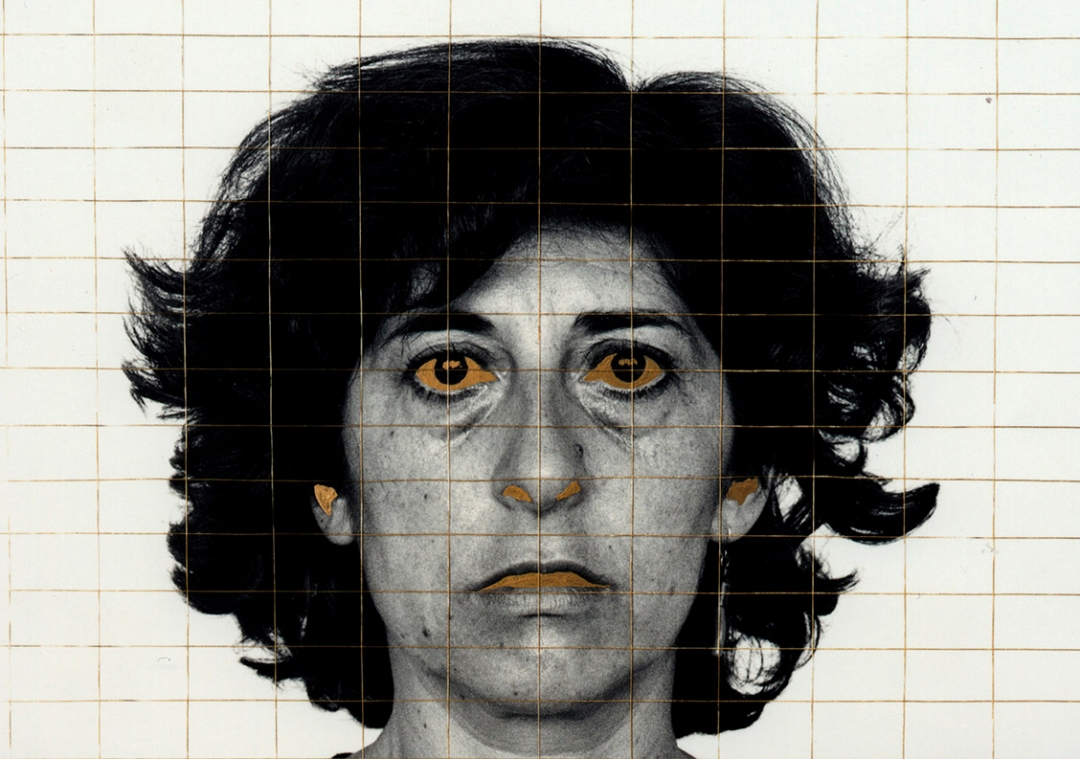
‘Autorretrato dorado’ (1984). © Esther Ferrer / Courtesy of Tabacalera Promoción del Arte
Women from the perspective of National Geographic, at the Palacio de Gaviria
Photojournalist Marisa Flórez has captured through her lens the lives and stories of women from around the world in multiple projects for National Geographic. But on this occasion, her work has not only been to photograph, but also meticulously choose fifty images from the publication’s archive that summarised the past, present and future of women; images captured around the world, from Spain to India or Kenia, through the United States or Japan.
The commissioner’s selection has resulted in WOMEN, a Century of Change, which can be seen until May 31 at Palacio de Gaviria, and offers a global chronicle of the lives of women, with inspiring and moving stories about women who surpassed themselves, challenged limitations and carved new paths for themselves and others. The exhibition is a homage to the female pioneers that allow us to say that the future is female.
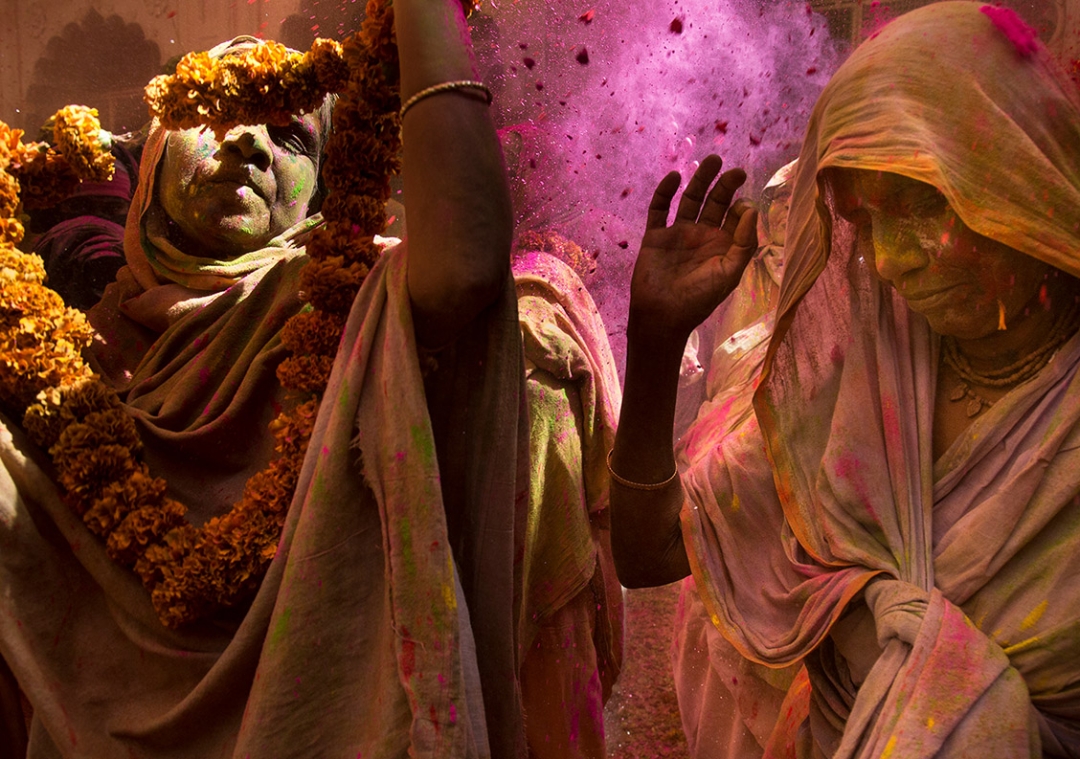
Photo of Women participating in the Holi ceremony (2016) Photo of Women participating in the Holi ceremony (2016). © Esther Ferrer / National Geographic / Courtesy of Tabacalera Promoción del Arte
Video-art with a conscience, at CAC Málaga
Animals, plants, water and her own body are the elements that Eulalia Valldosera uses to create her work. Through it, the winner of the National Plastic Arts Award in 2002 tries to raise awareness about the human being’s identity and beyond. And she achieves this by using natural light, studying people, the environment and places with living memory, as well as putting her body and voice into her work.
Therefore, some of the recurring themes for this versatile artist that works in fields such as photography, performance, installation and video are related to environmental contamination, waste or cleaning, disease, maternal inheritance or power relationships. Her personal universe of criticism and consciousness can be discovered at the Centro de Arte Contemporáneo de Málaga (CAC) until April 12.
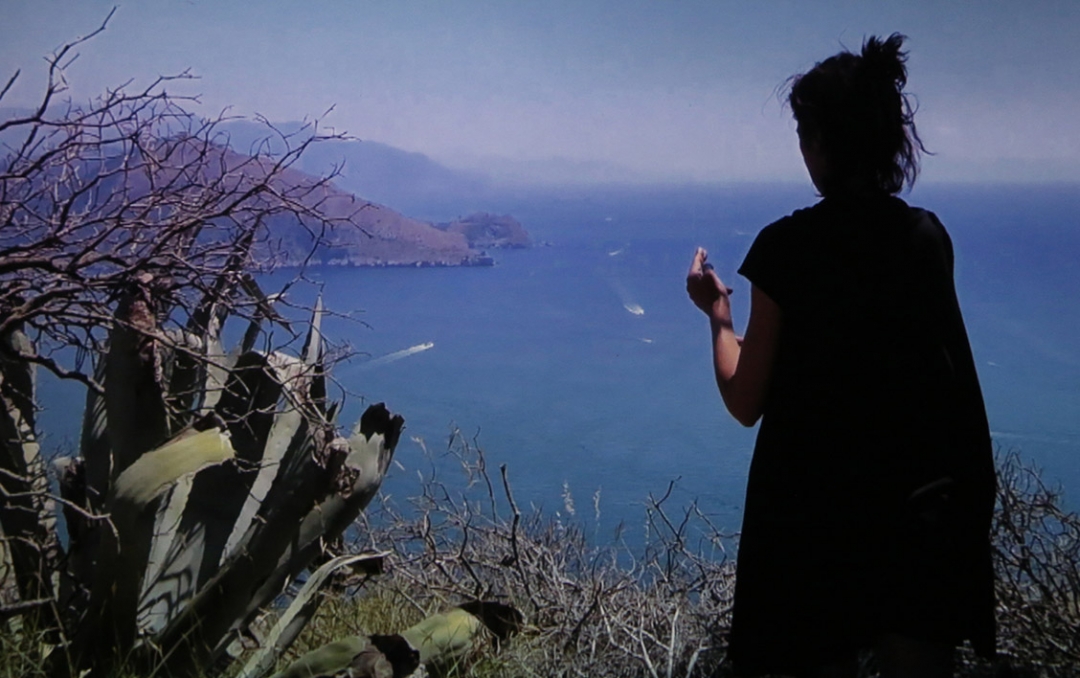
Still from a piece by Eulalia Valldosera. © Courtesy of CAC Malaga
